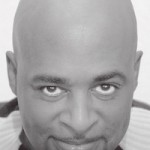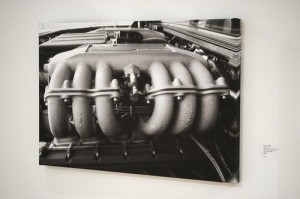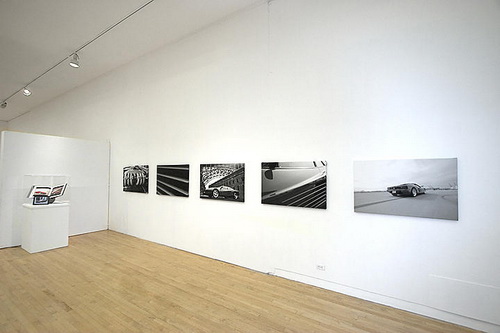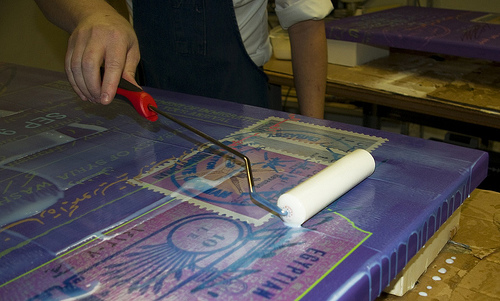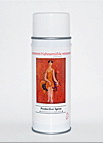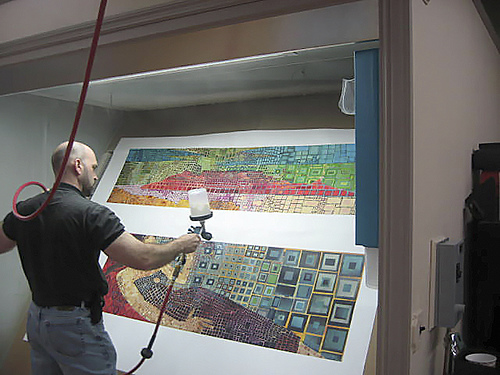If you want to learn how to convert images printed on canvas into ready-to-hang prints, contact Dan Berg to schedule a full-day of one-on-one, hands-on instruction. Whether you simply want to convert a few of your own images into wall art or create high-quality canvas prints for sale to others, Dan can show you how to:
- Process the image specifically for printing on canvas;
- Select the right canvas for the specific image you want to print;
- Choose the correct print settings on a 24-in. Epson Stylus Pro7900 and 44-in Epson Stylus Pro 9900 inkjet printer;
- Use a roller or spray gun to evenly apply a coating that protects the canvas from UV light and moisture;
- Cut and assemble stretcher frames for panoramic or custom-size prints;
- Gallery wrap canvas by hand or machine;
- Mount canvas to Gatorboard; and
- Make the print look more like a painting or achieve special artistic effects by brushing on clear acrylics.

